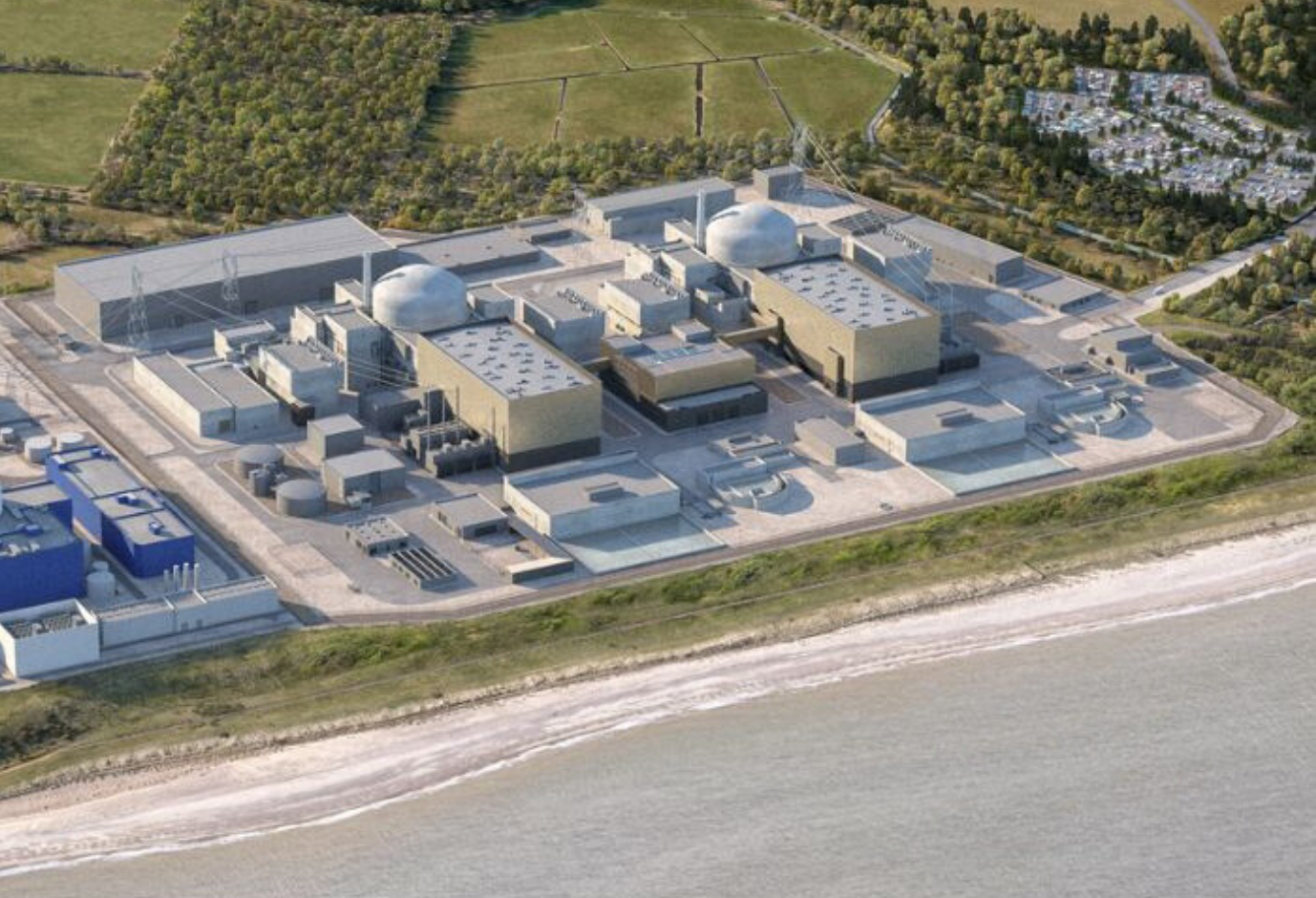projects
Sizewell C

The Project
Sizewell C is a proposed 3.2GW nuclear power station to be constructed in East Suffolk, England, UK. The project is expected to generate low-carbon electricity for around 6 million homes, an estimated 7% of the UK’s power need. The Sizewell project, at its inception, faced challenges that are common in large-scale nuclear projects, such as establishing effective requirements management and ensuring smooth integration of these requirements into the civil works phase, all whilst achieving Development Consent from the government. Once the Development Consent Order (DCO) was achieved, the subsequent challenge was how to translate vast amounts of information into actionable knowledge, and then apply that knowledge practically within the design, build, and commission activities of the client and supply chain civil engineering teams.
Project Challenges
Challenges faced in these early stages include:
- Managing the Volume and Complexity of Information: Transforming a vast amount of technical data into actionable knowledge requires meticulous management and robust systems.
- Effective Communication and Collaboration: Ensuring clear and effective communication between the requirements management team and the civil works team to maintain alignment, avoid misunderstandings and demonstrate value whilst the civil teams continue to develop solutions at risk.
- Adapting to Evolving Project Needs: As the project evolves, both the requirements management and civil works support teams need to adapt their strategies and processes accordingly.
What we Did
SEMP Ltd. implemented a two-fold strategy:
- Transforming Information into Actionable Knowledge: By employing advanced requirements management tools and processes, SEMP Ltd. focused on converting complex project information such as the Development Consent Order and Deeds of Obligations, into actionable knowledge. This approach involved detailed analysis, robust traceability systems, and integration of lessons learned from other EPR (European Pressurized Water Reactor) projects like Finland’s OL3 and the Hinkley Point C nuclear power station (HPC) in England.
- Supporting Civil Works with Actionable Knowledge: A dedicated team was assigned to work closely with the civil works teams, applying the actionable knowledge derived from the requirements management process. This support included integrating requirements, Verification & Validation (V&V), and technical assurance evidence capture, ensuring that every aspect of the civil works was aligned with the project’s overarching goals and compliance requirements.
Results
The early results of this two-fold strategy include:
- Effective Decision-Making: The transformation of complex data into actionable knowledge has facilitated more informed and effective decision-making processes and reducing the risks related to the ongoing design being out of synchronisation with the DCO & DOO.
- Enhanced Integration and Compliance: The dedicated support to the civil works teams has ensured a seamless integration of requirements, contributing to higher compliance levels with technical, legal, and regulatory standards.
- Streamlined V&V and Assurance Processes: The focus on V&V and technical assurance evidence capture has streamlined these processes, making them more efficient and effective.
- Streamlining Quality Assurance through Integration and Certification: SEMP Ltd. is enhancing its project management by integrating requirements management and civil works processes with the SZC Design Review Gates. This cohesive strategy ensures project compliance and quality at every stage. As part of this integration, Technical Assurance Certificates are issued at each Design Review Gate, signifying that design and construction solutions meet the project’s intent and are supported by substantial evidence. These certificates play a crucial role in formalising validation, instilling confidence in the review panel and establishing a standard of excellence and safety for large-scale infrastructure projects. The approach fosters a thorough verification and validation process, collaborative stakeholder reviews, and a continuous improvement cycle, all harmonized with the project’s lifecycle.
- Verification and Validation at Each Stage: To support the issuance of these certificates, SEMP Ltd. conducts thorough verification and validation activities at each gate. This approach ensures that all solutions meet the project’s technical specifications, legal requirements, and safety standards.
- Documentation and Evidence Gathering: A systematic approach to documentation and evidence gathering is implemented. This ensures that at each Design Review Gate, there is a comprehensive and traceable record of how the design and build solutions align with the project’s requirements. This repository of information is crucial for demonstrating compliance and making informed decisions at each stage.
- Collaborative Review Process: SEMP Ltd. engages in a collaborative review process with key stakeholders at each gate. This process involves detailed discussions and assessments to ensure that all aspects of the project align with the overarching goals and meet the necessary standards.
- Continuous Improvement and Feedback Loop: Feedback from each Design Review Gate is utilized to refine processes and approaches in subsequent stages. This continuous improvement cycle ensures that lessons learned are integrated into the project, enhancing efficiency and effectiveness.
- Alignment with Project Lifecycle: The integration with the SZC Design Review Gates is not a standalone activity but is intricately linked with the overall project lifecycle. This alignment ensures that the technical assurance process is consistent with the project’s progression and milestones.
Through its integration with the SZC Design Review Gates, SEMP Ltd. is not just ensuring compliance with immediate design and construction standards but is also establishing a foundation for long-term project success. This approach fosters a culture of quality, safety, and excellence, positioning the SZC project as a model for effective project management in complex, large-scale infrastructure developments.
In conclusion, SEMP Ltd.’s approach in the initial stages of the SZC project represents a well-orchestrated blend of practical requirements management and hands-on support to civil works. This dual-focus strategy ensures not only the generation of actionable knowledge from complex project data but also its effective application, driving the project towards success while navigating the complexities inherent in nuclear power plant construction. This early phase sets a solid foundation for addressing future challenges and achieving the project’s long-term objectives.